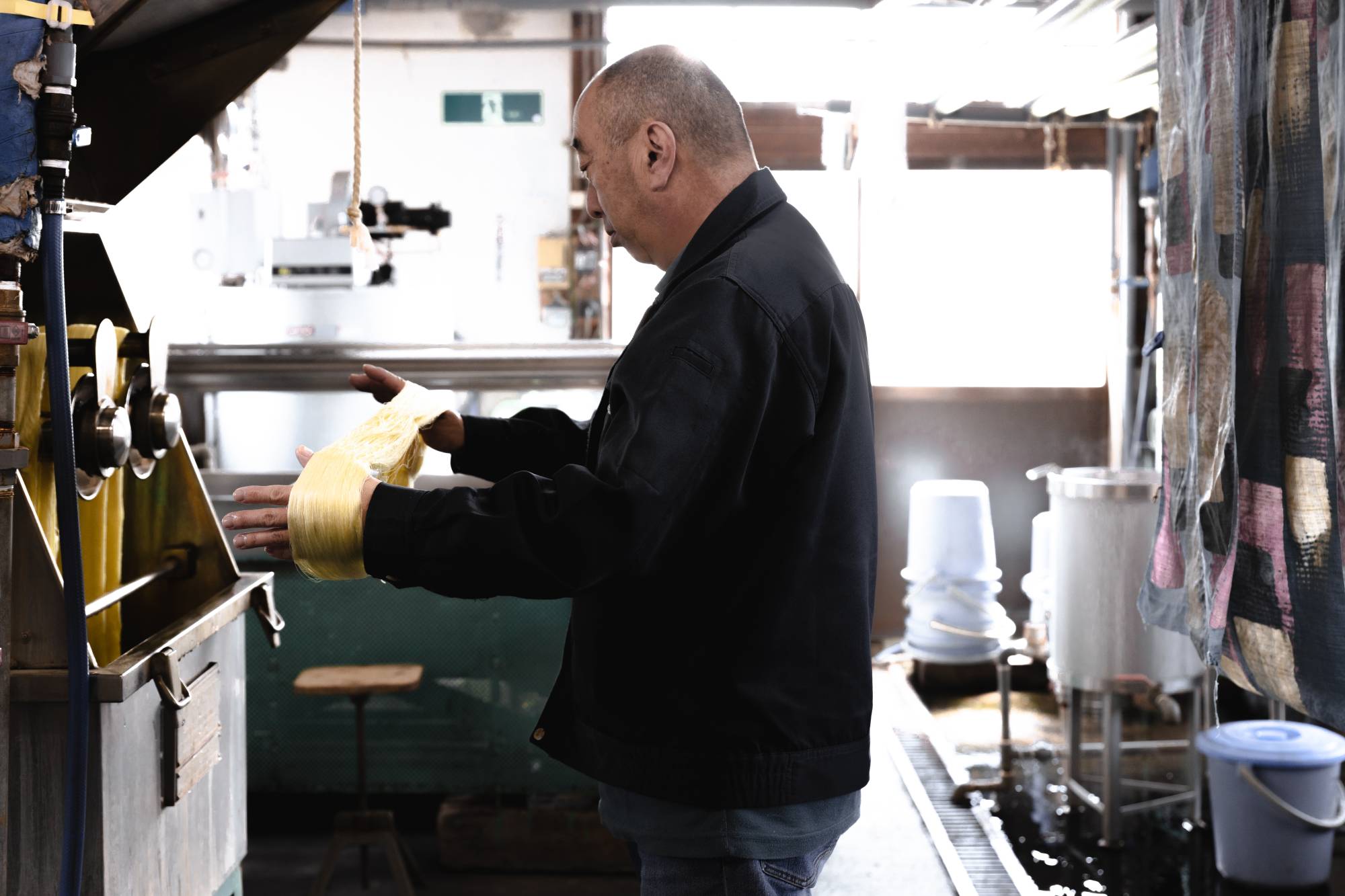Uesugi Yozan was a very young leader with a very big problem.
When the ninth daimyo of the Yonezawa Domain (modern-day Yamagata Prefecture) assumed leadership in 1767 at the tender age of 16, Uesugi (1751-1822) inherited a fiefdom mired in poverty as the result of extravagant spending and poor management. Fortunately for his subjects, Uesugi was wise beyond his years. Leading by example, he wasted no time in implementing measures to tighten belts and generate new income streams.
Uesugi invited skilled weavers from Kyoto to share their knowledge with the local people. The women of Yonezawa were encouraged to learn to weave as a way to bring in much-needed funds and began producing linen fabrics made from the locally grown karamushi (ramie nettle) plant.


















With your current subscription plan you can comment on stories. However, before writing your first comment, please create a display name in the Profile section of your subscriber account page.